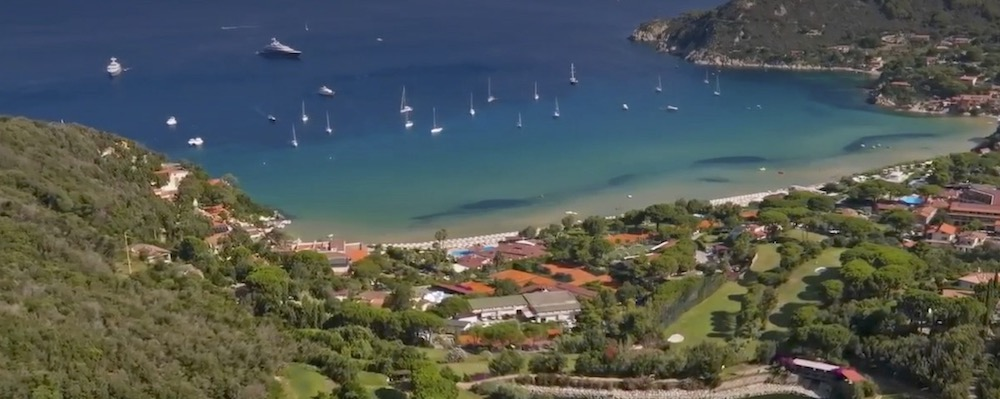Speaker
Description
When a luminous source is gravitationally lensed, its images arrive at different times. These time delays can be measured in lensed quasars to constrain $H_0$, offering a possible resolution to the Hubble tension. A quasar’s point-like nature, however, makes it sensitive to microlensing: deflections caused by compact objects within lensing galaxies that introduce small additional delays. If unaccounted for, microlensing-induced delays can bias time-delay measurements, and estimates of $H_0$.
We use the Python library JAX to build an inverse ray-tracing pipeline, simulating light propagation through multiple lens planes. Applying this to the newly observed lensed quasar J1721+8842, with an intermediate lensing plane, we construct realistic microlensing maps and light curves. These reveal a distinctive signature due to a novel microlensing of microlensing effect. Our forthcoming analysis aims to quantify the resulting bias on $H_0$, providing new insight into systematics affecting cosmology with strong lensing.
| References | Dux, F., et al. "J1721+ 8842: The first Einstein zigzag lens." Astronomy & Astrophysics 694 (2025): A300. |
|---|

